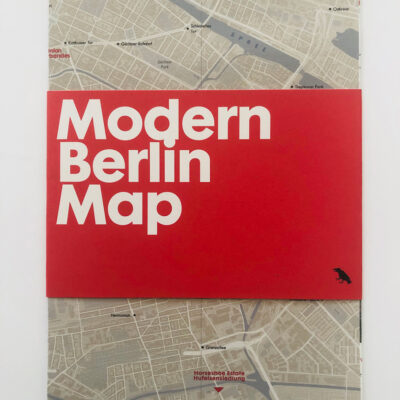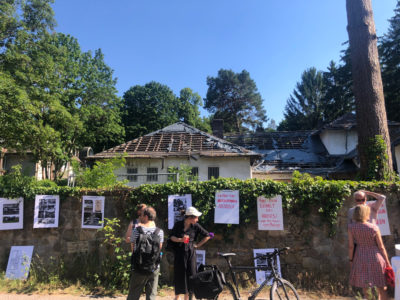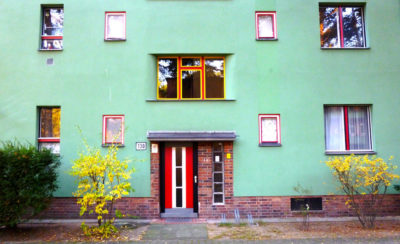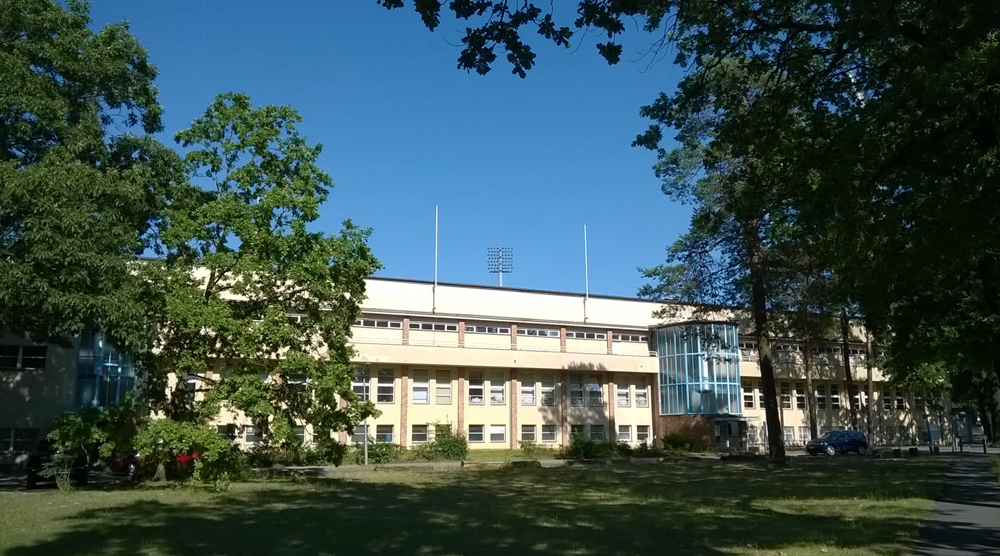Ernst May
Born Frankfurt 1886
Educated TU Munich and Darmstadt and 1908-1912 at University College London, and as an apprentice to architect, town planner and advocate for Garden Cities, Sir Raymond Unwin.
Employed in Germany on the Hellarau project, credited as Germany’s first Garden City.
Munich was the city where he formed important bonds with modernist architects and designers, the likes of Erich Mendelsohn, Hugo Häring and J.J.J.Oud. He moved to Breslau (now Wroclaw) after WW1 in 1919 to work on a project to create houses for the Building Cooperative Schlesische Heimstätte. Ultimately becoming City Architect and Urban Planner from 1925 to 1930 working closely with the Mayor Ludwig Landmann.
A dominant feature in the interwar years was a profound change in people’s living style – in large numbers they moved into cities with overall more than two-thirds of the population living in urbanised areas, this brought with it huge problems and a drastic shortage of housing. May had always been acutely socially conscious and moving to Frankfurt, together with a forward-thinking team of architects he’d gathered together, he created a modern large scale public housing programme known as ‘New Frankfurt’ Neues Frankfurt – the programme was also mapped in a design and architecture magazine focused on new and innovative ideas. The homes (some of which are known as the ZigZag Houses, Zickzackhausen), revolutionised how people perceived their personal living space and communal spaces, Siedlung Römerstadt being an excellent example. They were a huge success and garnered international recognition. It should be noted that modern thinking only went so far and the team was all-male until Ernst May contacted the first female to graduate at the Bauhaus,Margarete Schütte-Lihotzky, to join the May team. One of her best known contributions is the creation of the New Frankfurt kitchen the forerunner of today’s fitted kitchen.
The Soviet government was grappling with the same issues about housing large numbers of people, May was invited to undertake a three year project. In 1930 he headed for the Soviet Union, taking his whole team with him – they were known as the May Brigade, luminaries such as Arthur Korn, Fred Forbat, Jan Rutgers and Matt Stam were encouraged to see the miracle which was the new Soviet state. Their intention was to plan 20 new cities however when they arrived the situation was complex. Their first stop was in Magnitogorsk which they were credited with building over a three year period. Records show that like much in that era in the Soviet Union – everything was slowed up by bureaucracy and corruption. The three year contract ended in 1933 as Hitler came to power and May, rather than heading back to Germany went to British East Africa, today’s Kenya. Others returned to their home countries or became refugees. The effect of May’s designs fell out of favour very fast and the Soviet Government changed policy and non-Russians were no longer invited to undertake projects.
Life was very different for May in Kenya, he became a farmer … for a while and then returned to his real love, architecture. He designed schools, hotels and commercial buildings, some standalone and some with architect and town planner, Erica Mann (known for incorporating elements of traditional African design into modern buildings – nodding to rather than rejecting African heritage designs). A notable project was Mobasa’s Oceanic Hotel.
May returned to Germany in 1953 and led the post-war planning of Hamburg which had been severely bombed, as a port city in the war. He is credited with creating the New Altona district of the city.
He returned to his school TU Darmstad as an honorary professor in 1957, and wrote about urban planning. He died in 1970.








